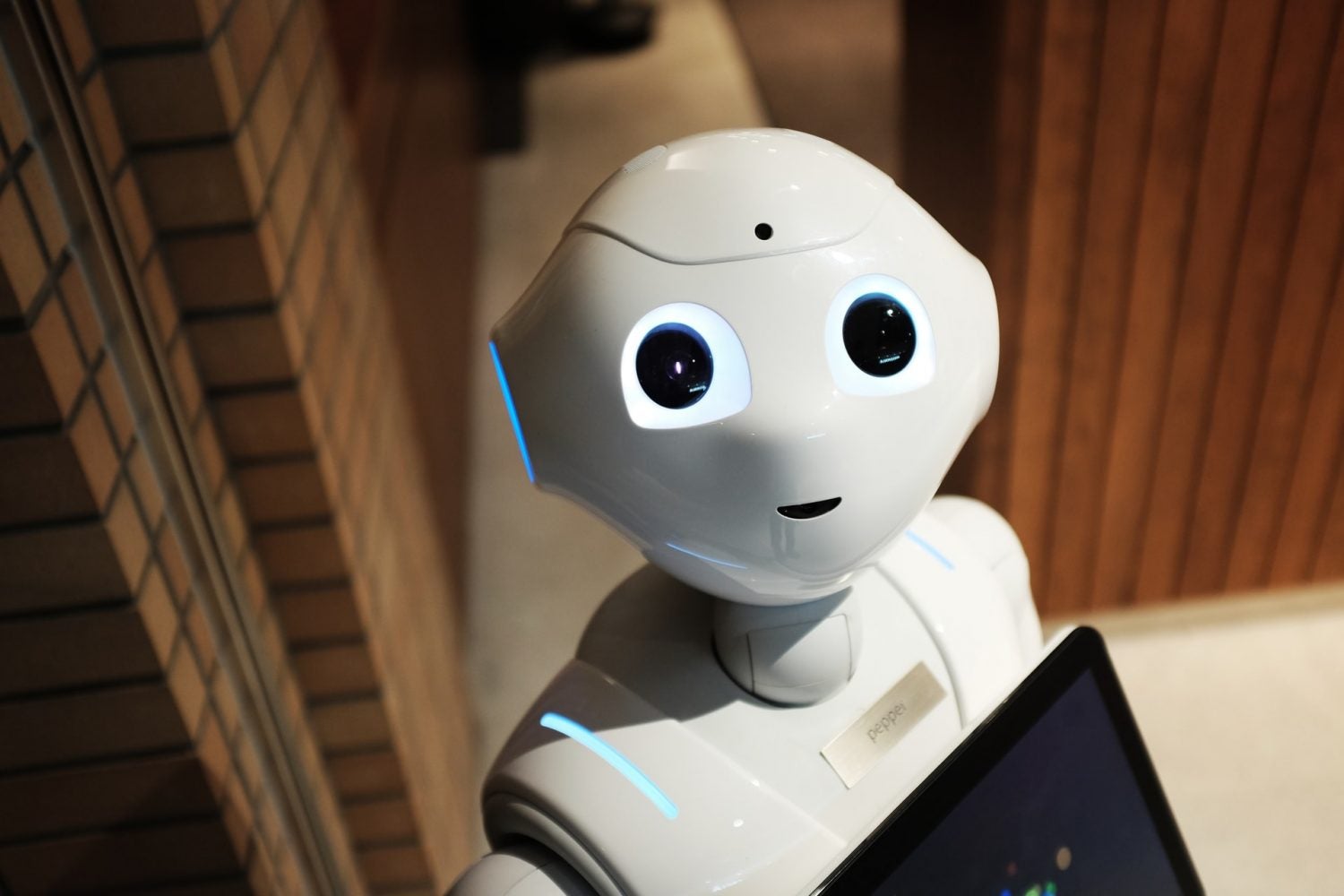It may still seem science fiction, but robots slowly make their way into our daily lives. Some businesses are creating them, such as ICE Casino has incorporated a live chatbot to initiate the conversation, while other businesses are ready to offer robots that may be used in various settings.
To give you a sense of where we are, here are some of the most incredible ones!
Atlas
Atlas is the most incredible robot ever created. Boston Dynamics’ humanoid robot has come a long way in ten years. This robot could walk (even in the snow), pick up boxes, and even stand up on its own if it fell. It can be used to drive a utility vehicle to the job site, travel across rubble, remove debris open doors enter buildings, climb ladders use tools to break through concrete, locate and close a valve near a leaking pipe. It can also connect a fire hose to a standpipe and turn on a valve, connect a fire hose to a standpipe and turn on a valve.
Stuntronics
Walt Disney’s Stuntronics Imagineering is a group of self-correcting aerial artists who make on-the-fly adjustments to ensure that high-flying acts are executed flawlessly. The term comes from the fact that he is a robotic stuntman. They devised the idea of a stunt double for the ‘hero’ animatronic figures, who could fill in for them in performance or scene to conduct more aggressive maneuvers, similar to how a double might replace a precious and fragile actor in a risky situation. On-board accelerometer and gyroscope arrays are assisted by laser range finding on the Stuntronics robot. It’s humanoid in its current state, taking on the size and shape of a performer who might easily be dressed in a costume. The robot can be strung from a wire and flow in the air, controlling its posture, rotation, and centre of mass to land aerial acrobatics perfectly and do it while holding heroic stances in flight.
Pepper
Pepper, the first social humanoid robot which is capable of recognising faces fundamental human emotions and adapting its behaviour, was created by Softbank Robotics. Pepper was designed to connect with people and communicate with them through dialogue and its touch screen. Businesses (retail, care homes, hospitals, auto showrooms, hotels, banks, etc.) and schools can use the robot. It’s around 120 cm tall and 28 kg, and it employs sensors to monitor what’s going on around it before making its judgments.
Pepper has 20 degrees of freedom for natural movements, as well as speech recognition and communication in 15 languages, a perception module for recognising and interacting with the person speaking to the robot, touch sensors, LEDs, and microphones for multimodal interactions, bumpers, an inertial unit, 2D and 3D cameras, infrared sensors, and sonars for omnidirectional and autonomous navigation, and an open and fully programmable platform.
Milo
Milo is a robot created by Robokind, an American humanoid maker, to assist youngsters with Autism. It stood two feet tall and was created to teach social skills to youngsters by parents, therapists, and educators.
The robot expresses several emotions, which users must recognise using an iPad. While this is going on, cameras integrated into Milo’s eyes monitor the child’s behaviour and provide feedback. The kids are also wearing a chest pack that monitors heart rate variations. That way, whoever is dealing with the kids can deal with any issues.
Spot
Spot, an agile robot from Boston Dynamics, climbs stairs and traverses challenging terrain with incredible ease while being small enough to operate indoors. Spot has a proven track record in remote operation and autonomous sensing and was built to be a durable and configurable platform. It can travel where wheeled robots can’t while carrying payloads that outlast airborne drones. The robot may be controlled remotely or taught routes and actions to complete autonomous missions thanks to its 360° vision and obstacle avoidance. Developers may program autonomous missions, develop payloads to increase the robot’s capabilities, and link sensor data into data analysis tools, among other things.
Ai-Da
Ai-Da, the world’s first ultra-realistic robot artist, can draw, paint, perform as a performer, and engage in vigorous debate. Ai-Da, a machine with AI skills named after pioneering female scientist and mathematician Ada Lovelace, is a composite persona of various computer programs, robotics, silicone, and human influences. She was created by gallery director Aidan Meller. She had a lifelike silicone face created by researcher Lucy Seal, digital artist Alex Kafousssias, and 3D designer, Tim Milward, to make her look alive with emotion, passion, and even creativity. Meanwhile, Salah Al Abd and Ziad Abass of the University of Leeds’ School of Electronic and Electrical Engineering have built a robotic arm that allows her to grip a pencil.
Sophia
Created by Hanson Robotics, Sophia personifies our hopes for AI’s future. Sophia is a human-like science-fiction figure that illustrates the future of AI and robots. And thanks to her unique blend of science, engineering, and creativity she is a platform for advanced robotics and AI research.
Sophia development focuses on human-robot interactions and their potential for service and entertainment. She has, for example, been utilised in the Loving AI project, which aims to learn how robots may adapt to humans’ demands via Intra and interpersonal growth.

















